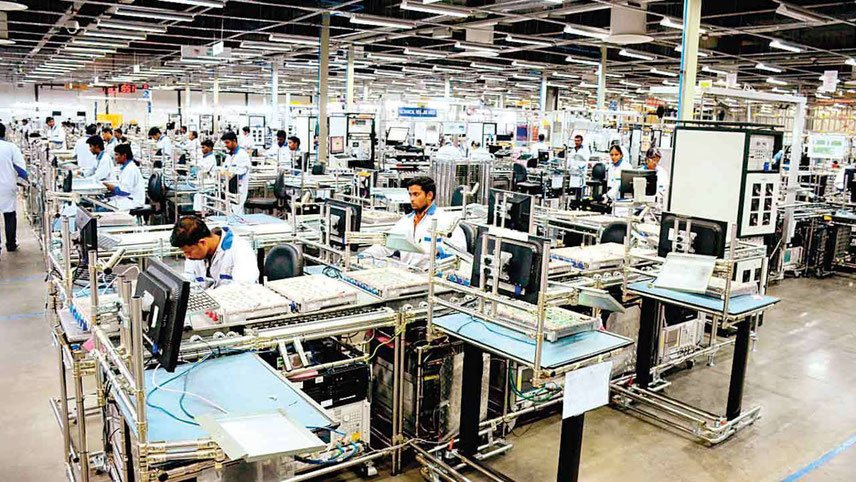According to a market study, growth in India’s services sector shrunk significantly in September to a six-month low, primarily due to a significant decline in demand amid high inflation, the S&P Global India services Purchasing Managers’ Index (INPMIS=ECI) dropped from 57.2 in August to 54.3 in September. Significantly below the prediction of slight decline to 57.0.
The indicator dropped to its lowest level since March despite remaining above the 50-point level separating growth from contraction for the fifteenth consecutive month – the longest run of expansion since October 2016.
According to Pollyanna De Lima, associate director of economics at S&P Global Market Intelligence.
“The Indian service sector has overcome several challenges in recent months. With the latest PMI data continuing to indicate a solid performance despite some loss of growth momentum in September.“
The new business sub-index, a gauge of demand, considerably decreased to reach its lowest level since March. But it remained over 50 for the fifteenth consecutive month.
Despite the fact that the decline in September was the smallest since January, international demand. Which has not recovered since the start of the pandemic, continued to fall below the 50 percent mark.
As companies increased their prices for the nineteenth month in a row due to higher energy, food, labour, and material expenses, demand decreased.
RBI Interest Rates to Rise in View of Inflation.
In order to combat inflation and partially counteract the negative impact of the aggressive rate hikes by the U.S. Federal Reserve, which have undermined numerous currencies. Including the rupee, the Reserve Bank of India (RBI) has increased interest rates by 190 basis points since May.
Following the RBI’s attempt to support the rupee, India’s foreign reserves fell by about $100 billion to $545 billion. By year’s end, they were predicted to reach $523 billion, according to a survey.
De Lima continued, “Currency instability raises additional concerns about inflation as imported goods become more expensive, and surely means that the RBI will continue raising interest rates to safeguard the rupee and restrain price pressures.
The optimistic future activity sub-index, which measures future activity. Increased to its highest level in nearly eight years, raising anticipation for stronger growth.
The manufacturing and services sectors both cooled on the back of declining demand. Causing the overall S&P Global India Composite PMI Output Index to decelerate to 55.1 from 58.2 in August.
In September, the overall rate of input cost inflation decreased to a 22-month low as a result of a general slowdown in the manufacturing and service sectors. The latter showed the greater increase.
